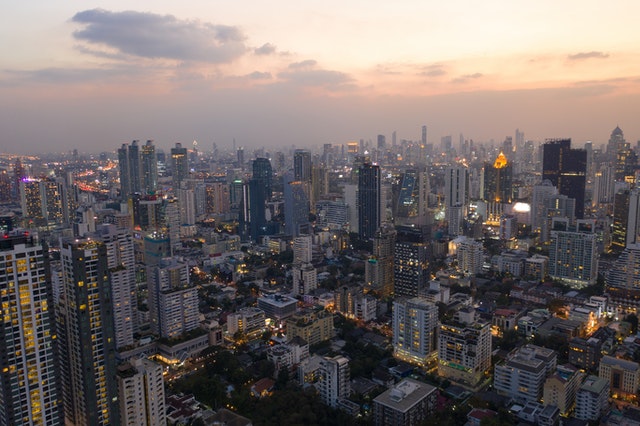Infrastructural developments add directly to the growth of any nation. However, this becomes even more important for underdeveloping countries. The infrastructure here needs to be upgraded or built entirely mainly because it acts as a job creator for the country.
The infrastructural need of any country includes the development of water facilities, energy infrastructure, transportation facilities, and business infrastructure. These form a broad spectrum of infrastructure.
However, on a closer view, we can identify the minute details which require our attention. For a developing nation to build this infrastructure, these minute details form the basis of development.

Water Infrastructure
Water is the most basic amenity. But when we talk about water infrastructure, it is not restricted to drinking water alone. There are different infrastructures required to modernize the framework.
One of these is the wastewater management system. This is an important network to be built because it helps treat used water. Water coming from the sewage or other outlets is treated here to produce essential products and by-products.
Proper groundwater wells and drinking water facilities are another priority component of water infrastructure. Here, we conduct thorough surveys of areas with high groundwater content to facilitate the establishment of wells to provide water to the people.
Moreover, the drinking water facilities have to be modernized to separate impurities from water. The health of citizens depends on how effectively such facilities are designed. In addition, proper maintenance services should be readied to cater to the requirements of these structures. Other important infrastructure includes dams, reservoirs, aqueducts, and the likes.
Energy Infrastructure
When we talk about energy infrastructure, power plants might be the first thing that comes to mind. But it is a much broader idea with power being only a part of it. The first component here is the gas and oil pipelines. This is important for the smooth functioning of the daily life of the populace.
So, it is a good idea to have a proper plan when we identify the layouts of gas and oil pipelines. It should be simple and be able to reach every point of accommodation within an area. Moreover, there should be proper safety measures in place to counter the possibilities of these essential services getting compromised.
The second most crucial energy infrastructure required by any developing nation comes from the electricity sector. Some of the critical electricity infrastructures include thermal power plants, nuclear power plants, and hydropower projects. A lot of security measures become a mandate here, especially for power plants where a fallout can be catastrophic.
Business Infrastructure
Business infrastructure is a complex idea in the 21st century. It is not restricted to developing offices or factories alone. But, a good amount of development is required in the online business sphere as well. It goes without saying that physical infrastructures like factories and plants are as important as they were 50 years back.
They provide for jobs, which have a direct impact on the per capita income of the population. In turn, the degree of development of physical infrastructure of the business can tell the health of the economy.
Moreover, the business infrastructure is no longer restricted to factories or plants but has taken over the virtual world as well. Terms like e-commerce have opened up the infrastructural requirements of the online world. There is a gradual business shift towards the virtual platform.
A common example here is that of an online casino like https://www.india-casinos.com/real-money-casinos. The online business world has brought the physical casino to the virtual platform. Accessing an online casino is as easy as making a phone call now. This is how business infrastructure has expanded, and it keeps breaking boundaries each day.
Transportation Infrastructure
The fourth pillar of a country’s development depends on the transportation infrastructure. Just like business infrastructure, transportation has become more advanced. The primary component of transportation infrastructure is the railway network.
This does not only refer to the civilian network which ferries people from one place to the other. But it also includes the commercial railway network, which paves the way for smoother business movement across the nation.
Proper and modernized railway network is crucial for uplifting the transportation infrastructure. Apart from that, the bus and metro rail network is essential for the movement of the general public. So increased investment in bus depots and subway networks are crucial.
It is a fact that these four pillars directly relate to the success of a nation. Countries across the globe are increasingly focussing on improving infrastructure to be at the top of their game.